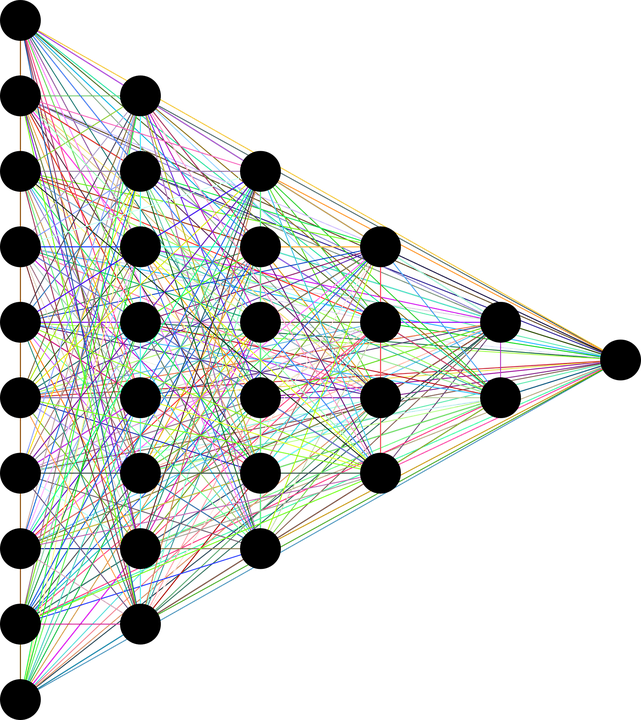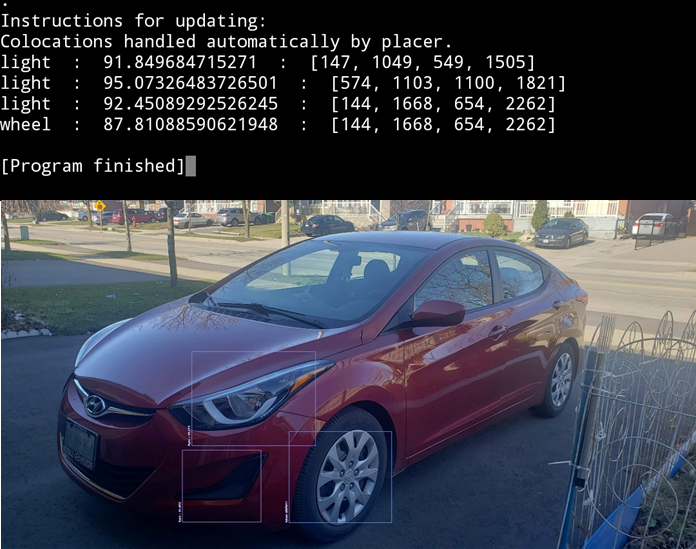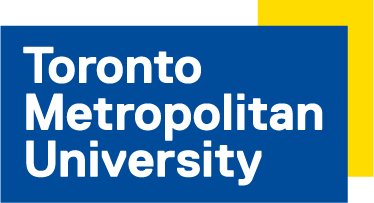Others
Model-based Augmented Reality (AR) tutorial of HTC Vive System setup
This demo is a proof of concept showing how Model-Based Instruction (MBI) can be displayed on the HoloLens. The object with the tutorial playing in video is how to setup the HTC Vice VR station at the MIMS lab. Written, verbal, and Model-Based instructions are used to help guide the user with not only the correct steps when setting up the station, but also where the different parts are to be placed. The HoloLens’ ability of spatially scanning an area and anchoring holograms, locations can be saved in a space and used as part of the training process.
Aircraft exterior view with component labels and explored view animations in VR environment
The video above shows how VR can be used as a familiarization tool when access to the actual aircraft is not possible. Several interactions are also available that are not available in the real world, for example the ability of viewing an exploded view of an assembly for to get a better understanding of the different parts fit together. Also, the ability to render certain parts translucent to get a look inside the aircraft, that would just not be possible outside VR.
Artificial Intelligence (AI)

MIMS Lab is utilizing Artificial Intelligence (AI) and Artificial Neural Network (ANN) architectures in several internal and industrial research projects. From image and object recognition to data processing and management, various machine learning techniques are being used in the enhancement of user experience and data processing in sectors including flight simulation, HMI development, and machine assembly/inspection/repair.
Computer Vision
A big part of our reliances in AI and machine learning is towards image and object recognition. Over the years, computer vision research has been used in various fields of science and engineering. We have been exploring the potential of image and object recognition along with Augmented Reality (AR) and Mixed Reality (MR) systems for rapid output visualization using COTS and open-source tools and SDKs, such as Vuforia, InceptionV3, and other available deep learning and CVM (Computer Vision Methods) algorithms.

Sample of Cockpit layout with AR-based Marker Detection


Samples of Car Object Recognition
Data Processing and Optimization
We are studying various machine learning and deep learning algorithms such as Support Vector Machine (SVM), Random Forest (RF), Reinforcement Learning, etc. in applications including flight simulation and aircraft engineering applications. AI processes can be used for simplifying the heavy loads of raw data by predicting the possible outcomes and feeding into the main system. If implemented correctly, this can help minimize the time it takes for the central system to process the data and output the information accurately. Some of our explorations in ML theories include flight data analysis, in-flight automatic guidance, machine inspection/repair/assembly guidance, and so on.
Go back to Research






